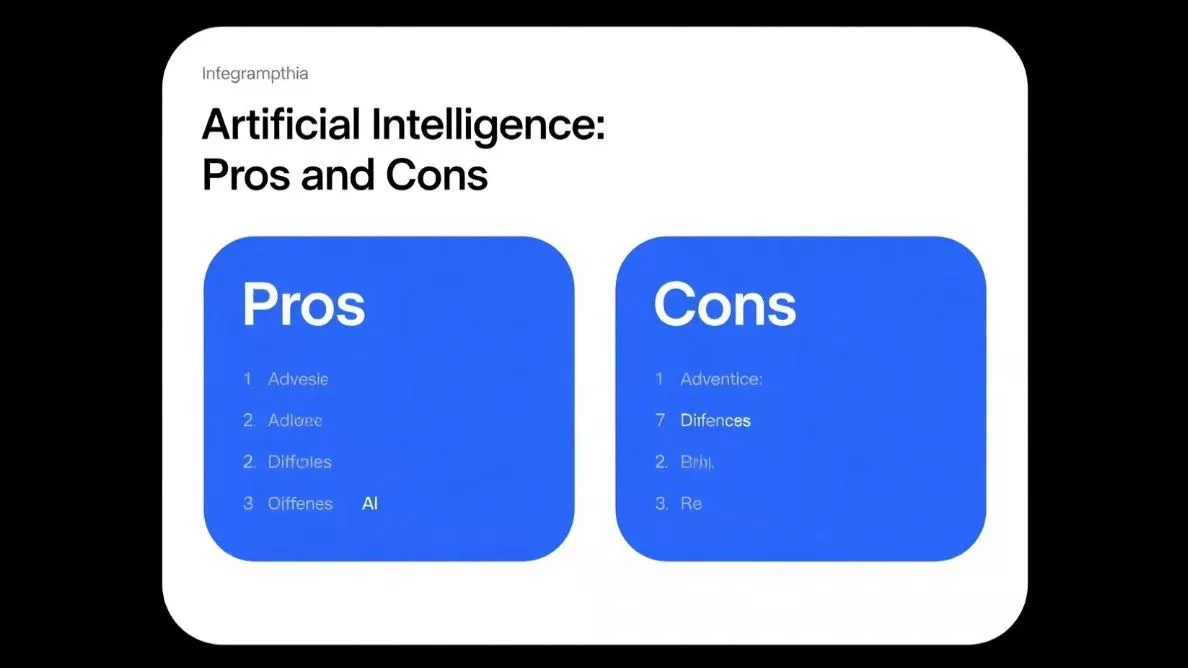Đề bài IELTS Writing task 2 dạng dạng Advantages and Disadvatages: Animal Testing
You should spend about 40 minutes on this task
The use of animals in scientific research. Do the advantages of this outweigh the disadvantages?
Write at least 250 words.
Bài mẫu IELTS Writing Task 2 dạng Advantages and Disadvatages: Animal Testing
Introduction
The use of animals in scientific research has been a contentious topic, sparking debates on both moral and practical grounds. While some argue that it leads to groundbreaking medical advancements, others contend that the ethical concerns and cruelty towards animals outweigh these benefits. In this essay, I will explore both the advantages and disadvantages of animal testing, ultimately arguing that the benefits do indeed outweigh the drawbacks, especially when it comes to human health and safety.
Body Paragraph 1: Advantages
One of the primary advantages of animal testing is its contribution to the development of life-saving medical treatments. Many breakthroughs in modern medicine, such as vaccines for diseases like polio and rabies, have been possible due to animal experiments. These advancements have saved millions of lives and improved the quality of life for countless individuals. For example, insulin, which is essential for treating diabetes, was discovered through experiments on dogs, which has since become a vital treatment for millions of people worldwide.
Another significant benefit is that animal testing ensures the safety of new drugs and treatments before they are used on humans. Testing on animals allows researchers to understand the effects of new substances on living organisms, which can prevent potential harm or fatal reactions in humans. For instance, cancer treatments often undergo rigorous testing on animals to identify side effects, dosage levels, and effectiveness, reducing the risk of harm during clinical trials on humans.
Body Paragraph 2: Disadvantages
On the other hand, there are notable disadvantages to animal testing, particularly in terms of ethical concerns. Critics argue that animals suffer greatly during experiments, as many tests involve pain, distress, and even death. For example, cosmetics testing on animals has led to widespread criticism because animals are subjected to harmful chemicals without the guarantee of pain relief. This has raised serious moral questions about the treatment of animals in laboratories.
Furthermore, some argue that the results of animal testing are not always applicable to humans due to biological differences between species. For instance, a drug that works well on animals may not have the same effect on humans or may even pose risks. The drug thalidomide, tested on animals and deemed safe, caused birth defects in humans in the 1950s, highlighting the potential limitations of animal experiments.
Conclusion
In conclusion, animal testing has played an indispensable role in advancing medical science and ensuring human safety. However, the ethical issues surrounding animal cruelty and the potential for inaccurate results cannot be ignored. Despite these concerns, the advantages, particularly in terms of human health, outweigh the disadvantages, as the benefits of life-saving treatments and the prevention of human suffering remain paramount.
Thống kê cấu trúc câu và cấu trúc ngữ pháp
1. Cấu trúc câu:
- Câu đơn (Simple sentences): Câu có một mệnh đề độc lập.
- Ví dụ: “Animal testing has played an indispensable role in advancing medical science.”
- Câu phức (Complex sentences): Câu có ít nhất một mệnh đề chính và một mệnh đề phụ.
- Ví dụ: “Although some argue that it leads to groundbreaking medical advancements, others contend that the ethical concerns outweigh these benefits.”
- Câu ghép (Compound sentences): Câu có hai mệnh đề chính kết nối bằng liên từ.
- Ví dụ: “Testing on animals allows researchers to understand the effects of new substances on living organisms, and it can prevent potential harm in humans.”
- Câu ghép phức (Compound-complex sentences): Câu có ít nhất một mệnh đề chính và một hoặc nhiều mệnh đề phụ, với hai mệnh đề chính ghép nhau.
- Ví dụ: “Despite these concerns, the advantages, particularly in terms of human health, outweigh the disadvantages, as the benefits of life-saving treatments remain paramount.”
2. Cấu trúc ngữ pháp:
- Thì hiện tại đơn (Present simple): Được dùng để diễn đạt các thực tế chung và lập luận.
- Ví dụ: “Many breakthroughs in modern medicine have been possible due to animal experiments.”
- Thì hiện tại hoàn thành (Present perfect): Được sử dụng khi diễn đạt một hành động đã xảy ra và còn tiếp diễn hoặc có kết quả hiện tại.
- Ví dụ: “Animal testing has contributed significantly to medical research.”
- Thì quá khứ đơn (Past simple): Được dùng khi mô tả các sự kiện đã xảy ra trong quá khứ.
- Ví dụ: “Thalidomide caused birth defects in humans.”
- Cấu trúc bị động (Passive voice): Được dùng để nhấn mạnh hành động hơn là đối tượng thực hiện hành động.
- Ví dụ: “Many tests involve pain and distress.”
- Câu điều kiện (Conditional sentences): Được dùng để diễn đạt các giả định hoặc điều kiện.
- Ví dụ: “If animal testing were banned, it could slow the progress of medical research.”
- Liên từ quan hệ (Relative clauses): Dùng để bổ nghĩa cho danh từ trong câu.
- Ví dụ: “For instance, insulin, which is essential for treating diabetes, was discovered through experiments on dogs.”
- Cấu trúc mệnh đề nhượng bộ (Concessive clauses): Được sử dụng để diễn đạt sự tương phản.
- Ví dụ: “Although there are ethical concerns, the benefits for human health are undeniable.”
3. Các cấu trúc khác:
- Cấu trúc so sánh (Comparative structure): Dùng để so sánh giữa hai hoặc nhiều đối tượng.
- Ví dụ: “The benefits outweigh the disadvantages.”
- Cấu trúc nhấn mạnh (Emphatic structure): Được sử dụng để nhấn mạnh tầm quan trọng hoặc ý nghĩa của một ý tưởng.
- Ví dụ: “The advantages, particularly in terms of human health, outweigh the disadvantages.”
Các từ vựng tiếng Anh cần lưu ý trong bài viết
1. Từ vựng về lợi ích của việc thử nghiệm trên động vật:
- Breakthroughs: Những đột phá (trong khoa học, y học).
- Ví dụ: “Many breakthroughs in modern medicine…”
- Life-saving: Cứu sống, giúp duy trì sự sống.
- Ví dụ: “Life-saving medical treatments.”
- Advancements: Sự tiến bộ, phát triển.
- Ví dụ: “Animal testing contributes to medical advancements.”
- Ensure safety: Đảm bảo an toàn.
- Ví dụ: “Animal testing ensures the safety of new drugs.”
- Rigorous testing: Kiểm tra chặt chẽ, nghiêm ngặt.
- Ví dụ: “Cancer treatments undergo rigorous testing on animals.”
- Groundbreaking: Mang tính đột phá, tiên phong.
- Ví dụ: “Groundbreaking medical advancements.”
- Vital: Quan trọng, thiết yếu.
- Ví dụ: “Insulin is vital for treating diabetes.”
2. Từ vựng về bất lợi và quan ngại đạo đức:
- Ethical concerns: Quan ngại về mặt đạo đức.
- Ví dụ: “Ethical concerns and cruelty towards animals.”
- Suffer: Chịu đựng, trải qua sự đau đớn.
- Ví dụ: “Animals suffer greatly during experiments.”
- Cruelty: Sự tàn nhẫn, hành động tàn ác.
- Ví dụ: “This has raised serious moral questions about animal cruelty.”
- Distress: Sự đau khổ, căng thẳng.
- Ví dụ: “Many tests involve pain and distress.”
- Moral questions: Các câu hỏi về đạo đức.
- Ví dụ: “Moral questions about the treatment of animals.”
- Applicable: Có thể áp dụng.
- Ví dụ: “The results of animal testing are not always applicable to humans.”
- Biological differences: Sự khác biệt về sinh học.
- Ví dụ: “Due to biological differences between species.”
3. Từ vựng về quan điểm tổng thể:
- Advantages outweigh disadvantages: Lợi ích vượt trội hơn so với bất lợi.
- Ví dụ: “The advantages outweigh the disadvantages.”
- Drawbacks: Những hạn chế, bất lợi.
- Ví dụ: “Despite these drawbacks, the benefits are significant.”
- Indispensable: Không thể thiếu, rất quan trọng.
- Ví dụ: “Animal testing has played an indispensable role.”
- Paramount: Quan trọng hàng đầu, tối quan trọng.
- Ví dụ: “Human health remains paramount.”
4. Các từ và cụm từ bổ sung:
- Controversial: Gây tranh cãi.
- Ví dụ: “Animal testing is a controversial issue.”
- Prevent harm: Ngăn ngừa tác hại.
- Ví dụ: “Animal testing helps prevent harm to humans.”
- Subjected to: Bị đưa vào (trạng thái, điều kiện gì đó).
- Ví dụ: “Animals are subjected to harmful chemicals.”
- Highlight: Làm nổi bật.
- Ví dụ: “This case highlights the limitations of animal experiments.”
5. Cụm từ liên quan đến cấu trúc bài viết:
- On the other hand: Mặt khác.
- For instance: Ví dụ.
- In conclusion: Kết luận.
- Furthermore: Hơn nữa.
- Despite: Mặc dù.
Đọc thêm về bài viết gợi ý luyện thi IELTS.















